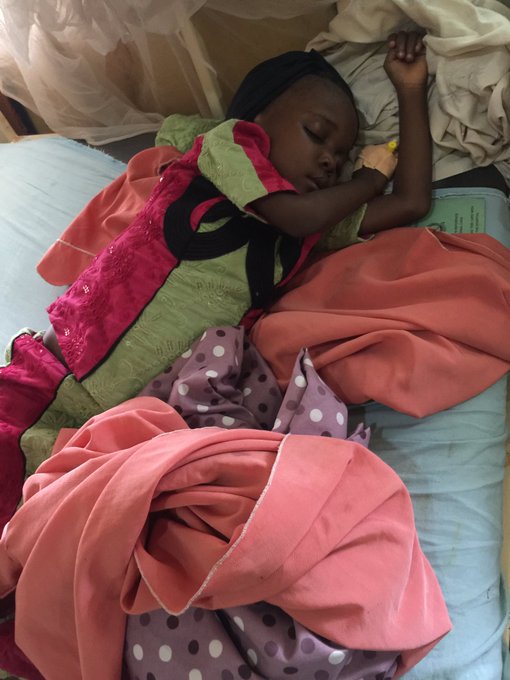EARLY SYMPTOMS AND SIGNS OF SICKLE CELL ANEMIA IN BABIES.
Like other hemoglobinipathies, sickle cell anemia does not become clinically evident until the infant is several months of age, about 6 months old. Although no clinical abnormalities associated with sickle cell disease are present at birth, early diagnosis is important because two potentially fatal but largely preventable complications may occur during the first year of life.

The first or earliest symptom of sickle cell anemia in babies is the splenic sequestration crisis, an unpredictable pooling of large numbers of Red Blood Cells in the spleen, which leads to a rapid decrease in red cell count and, in the most severe cases, cardiovascular collapse and death. The second is overwhelming septicemia, usually caused by S. pneumoniae or H. influenzae.
The unusually high susceptibility to infection with encapsulated organisms such as S. pneumoniae is the consequence of functional asplenia, which commonly appears by one year of age in sickle cell anemia.
Parents are taught to recognize early manifestations of the sequestration crises such as splenic enlargement- abdominal swelling; typically a left sided bulge with excessive crying, lethargy, and paleness( a sign of anemia).
Signs of infection can be fast breathing, high body temperature and cough.
Others are;
➡️Painful swelling of fingers and toe joints (hand ans foot syndrome). It is caused by inflammation due to blood vessels clogged by sickled cells- dactylitis
➡️Delayed growth: Lack of blood cells can slow the development in infants.
➡️Icterus or jaundice: This is the yellowing of skin and whites of the eye due to increased levels of bilirubin produced due to breakdown or hemolysis of sickled cells.
➡️Coke-coloured or dark coloured urine; a sign of increased destruction of red blood cells with by products and the cells being passed in urine.
Sources:
1. Momjunction
2. Neonatal Hematology by Pedro de Alarcon and Eric Werner
This article was written by:
ODEMUYIWA ADEYEMI J (MBBS, Ibadan)
























